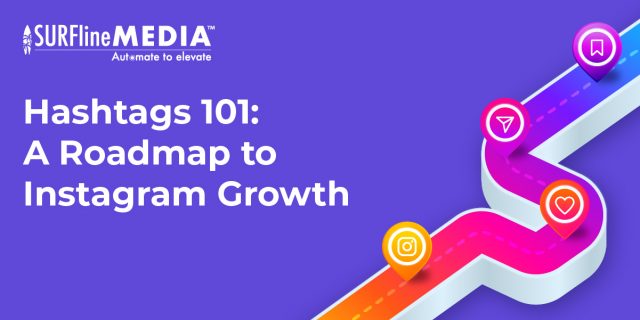

- Janelle Tran
- May 27, 2023
- 3:00 pm
- No Comments
What is Lead Generation? How to get Quality Leads in 2023
Table of Contents
85% of marketers consider lead generation their most important goal. High-quality leads can significantly impact conversion rates and revenue generation. In this blog, we’ll dive into what lead generation is, and provide you with strategies on how to acquire quality leads in 2023.
What is a lead and what is lead generation?
In the world of marketing and sales, a Lead is essentially a potential customer or prospect who has shown interest in your products or services. It could be someone who has provided their contact information, engaged with you, or desire related to what you offer.

Lead generation refers to the process of attracting these potential customers, nurturing their interest, and converting them into customers. It involves various strategies aimed at capturing the attention and contact information of prospects. The goal is to move them through the sales funnel and towards a purchase decision.
Why Lead Generation is Important for Your Business?
1. Lead generation system creates good revenue stream
According to Gleanster Research, companies with effective lead generation system generate 50% more sales-ready leads at a 33% lower cost. By nurturing leads, businesses can increase their conversion rates and achieve higher ROI. This, in turn, results in a higher revenue stream
2. Business Growth
A study by Marketo reveals that businesses with an effective lead generation strategy achieve a 9.3% higher annual revenue growth rate. Generating a consistent flow of qualified leads helps fuel business growth and expansion.
3. Improved Customer Targeting
Lead generation allows businesses to identify and target their ideal customer profiles. By understanding the needs of their leads, businesses can tailor their marketing efforts to effectively meet them.
Several famous businesses have leveraged lead generation to enhance their customer targeting strategies. Take Netflix, for example. By using data-driven lead generation techniques, Netflix collects valuable customer insights and preferences. This continue enabling them to personalize their content recommendations and target specific customer segments. This approach has contributed to their immense popularity and widespread adoption.
4. Data-Driven Decision Making
Lead generation offers useful information and insights into the interests, actions, and purchasing patterns of clients. Businesses may improve their marketing tactics, better allocate resources, and make more informed decisions.
One such case is Amazon, the e-commerce giant. Through its robust lead generation system, Amazon collects vast amounts of customer data, including purchase history, browsing behavior, and preferences. Therefore, Amazon can analyze patterns and make data-driven decisions regarding management, product recommendations, and pricing strategies.
Lead Generation Process: How to get Quality Leads in 2023
The lead generation process is essential for businesses to generate quality leads and fuel their growth. By implementing specific instructions and strategies, businesses can effectively attract and convert potential customers. Here is a step-by-step guide to the lead generation process
1. Identify your target audience
To effectively reach and engage potential customers, you need a clear understanding of who they are and what they’re looking for:
- Start by conducting market research to gather insights about your industry, competitors, and target market.
- Utilize tools like market research reports, industry publications, and online databases to gather valuable data and trends.
- Analyze your existing customer data through CRM tools to identify patterns and common characteristics.
- Create detailed buyer personas that represent your ideal customers, considering demographics, challenges, motivations.
2. Develop a compelling offer
Developing a compelling offer is the second step in the lead generation process and plays a vital role in attracting and engaging potential leads. From the valuable insights you got in step 1:
- Use this information to craft an offer that provides a solution or addresses a specific problem.
- Consider offering valuable resources such as e-books, whitepapers, webinars, or exclusive discounts.
- Personalize your offer by tailoring it to different segments of your target audience.
- Implement lead magnets, such as gated content, to capture contact information in exchange for access to your offer.
- Leverage marketing automation tools to deliver the offer and nurture leads through email campaigns.
3. Build landing pages and lead capture forms
Design and develop landing pages is a crucial step in the lead generation process to capture valuable information from potential leads. A well-designed page should be visually appealing, concise, and focused on the offer or value proposition.
- Use clear and compelling headlines, persuasive copy, and attention-grabbing visuals to entice visitors to take action.
- Incorporate a lead capture form on the landing page to collect contact details from interested prospects.
- Keep the form simple and only ask for essential information to minimize friction and increase conversion rates.
- Use an intuitive layout and design to guide visitors through the form and make it easy for them to submit their information.
- Implement tracking and analytics tools to measure the performance of your landing pages and optimize them for better results.
- Consider using A/B testing to experiment with different variations to determine the most effective design and content.
4. Drive traffic to your landing pages
Driving traffic to your landing pages is a critical step in the lead generation process to ensure that your offers reach a wider audience.
- Leverage the power of SEO by optimizing your website and landing page content with relevant keywords and meta tags. This will help improve your organic search rankings and attract targeted traffic.
- Utilize social media systems. Share engaging and informative content related to your offerings, and encourage your audience to click through to your landing pages.
- Paid advertising, such as pay-per-click (PPC) campaigns, can also be effective in driving targeted traffic.
- Collaborating with industry partners, creating email marketing campaigns, and participating in relevant online communities.
5. Implement marketing automation
Implementing marketing automation is a crucial step in the lead generation process to streamline your efforts and nurture leads effectively.
- Utilize email marketing automation to send personalized and targeted email campaigns to your leads
- Set up automated email workflows that deliver relevant content based on lead behavior, nurturing them through the sales funnel
- Leverage automation tools to analyze lead interactions and behavior, allowing you to score leads and prioritize follow-ups.
- Use marketing automation platforms to segment your leads based on specific criteria, and deliver customized content.
- Implementing marketing automation also allows for seamless integration with your CRM system. You can track lead interactions, measure campaign effectiveness, and optimize your lead generation efforts.
6. Integrate with CRM
Integrating with a Customer Relationship Management (CRM) system is a crucial step to effectively nurture your leads.
- Ensure that your lead capture forms on landing pages are connected to your CRM, enabling the automatic transfer of lead data. This ensures that all leads are captured and entered into your CRM system for further management.
- Establish data synchronization between your CRM and other marketing platforms. This enables the seamless transfer of lead data, lead scoring, and lead nurturing activities across different platforms, providing a holistic view of your leads’ journey.
7. Score and qualify leads
Lead scoring involves assigning a numerical value to leads based on their engagement, behavior, demographics, and other relevant factors. This allows you to identify leads that are most likely to convert into customers. One way to score leads is by using marketing automation tools that track and analyze interactions with marketing channels. These tools can assign scores based on factors such as email opens, website visits, and social media engagement.
Lead qualification, on the other hand, involves evaluating leads based on their fit with your ideal customer profile. This can be done by setting specific criteria such as company size, industry, budget, or job title. You can use surveys to gather additional information and determine their readiness to move further in the sales funnel.
8. Nurture leads through personalized content
Personalized content creation allows you to deliver tailored information based on each lead’s interests, and stage in the buying journey.
- Using email marketing campaigns that deliver targeted messages and valuable resources.
- Segment your leads based on their demographics, behavior, or engagement level, and create email workflows that provide them with content specifically designed to address their needs and pain points.
- Leverage marketing automation tools to automate the delivery of personalized content based on triggers such as lead activity or specific actions taken on your website. This could include sending product recommendations, educational materials, case studies, or exclusive offers that resonate with each lead’s interests.
9. Continuously track and analyze results
By monitoring key performance indicators (KPIs) and metrics, you can gain valuable insights into the effectiveness of your lead generation efforts.
- Implementing web analytics tools, such as Google Analytics, allows you to track website traffic, conversion rates, and user behavior.
- Leveraging marketing automation platforms and CRM systems enables you to gather data on lead engagement.
- Regularly review and analyze this data to identify trends, strengths, and areas for improvement.
- Use A/B testing to compare different elements of your lead generation campaigns. This includes landing page design, call-to-action buttons, to determine which variations generate better results.
Conclusion
In conclusion, lead generation is a crucial aspect of any successful marketing strategy. It involves identifying and attracting potential customers, nurturing them through the sales funnel, and converting them into valuable leads.
At Surfline Media, we understand the importance of lead generation and can provide you with the best lead generation services. Contact us today to unlock the power of effective lead generation and propel your business forward.






